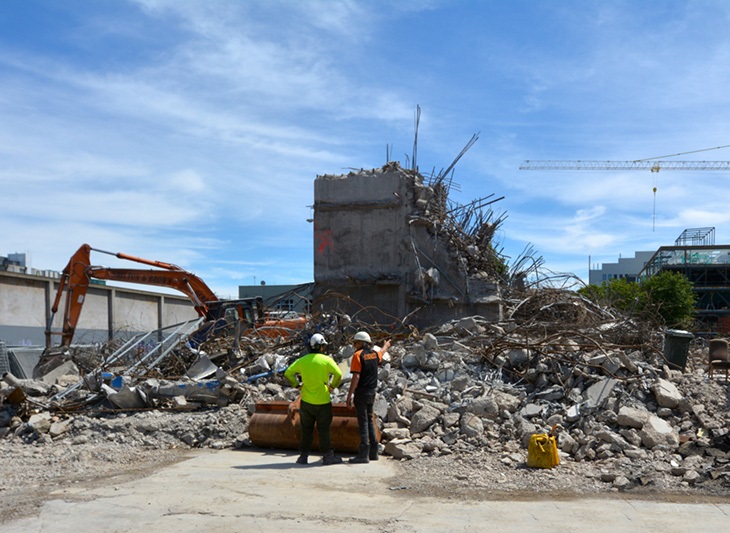APEC Builds Financial Defenses Against Escalating Disaster Risk

Pacific Rim economies’ exposure to the increasing threat of natural disasters has provided impetus for governments and the private sector to jointly address the need for more robust financial safeguards in the region.
Finance officials from the 21 APEC member economies, the world’s most disaster affected region, ramped up their collaboration to improve risk assessments and insurance coverage during meetings that just concluded in Lima. Focus was on narrowing gaps in data gathering and financial protection needed to build economic resiliency among them, boosted by policy inputs from disaster risk experts from the OECD, the World Bank and industry.
“About two-thirds of reported disaster losses in APEC economies are uninsured on average and vulnerabilities in the region’s developing economies are even more severe,” noted Gregorio Belaunde, Director of Risk Management at the Ministry of Economy and Finance of Peru, who guided the proceedings. “Quantifying disaster risk exposure is a prerequisite for reducing financial protection gaps which APEC is working to facilitate as climate change raises the stakes. It also helps to reduce physical disaster risk.”
APEC economies collectively account for about 3 billion people, half of global trade, 60 per cent of total GDP and much of the world’s growth. They also experience more than 70 per cent of all natural disasters such as earthquakes as well as typhoons, floods, mudslides and droughts that are increasing in frequency and intensity as a result of climate change. Significantly, APEC economies incurred over USD 100 billion annually in related losses over the last decade.
Officials pinpointed the components of disaster risk as well as the technical requirements for model development and data gathering necessary to accurately assess them, drawing on best practices and case studies from the public and private sectors. They also shared real world lessons and guidance for creating systems that bring insurance companies together to form ‘catastrophe insurance pools’ that can rapidly boost insurance penetration.
“Governments have a crucial role to play in the long‐term sustainability of the disaster insurance system but there also has to be a good balance of burden sharing with the industry,” explained Belaunde. “The introduction of catastrophe insurance pools is a proven way of expanding insurance coverage, especially for homes, and can do the same for small businesses if these measures are designed and implemented appropriately.”
“A low or uninclusive insurance culture, fear of insurers and a lack of sustained support from policymakers and from the financial system are challenges that Peru and other economies around the region must work out as they pursue new disaster insurance schemes,” he concluded, adding that this is one piece of a larger puzzle. “A comprehensive disaster risk management package shaped by public-private engagement and a stronger role for insurance and banking regulators, which supports the development and delivery of insurance as one of of the main measures for mitigating disaster risk, should be the ultimate goal.”
Emergency management officials from APEC economies will take complementary steps to strengthen disaster preparedness and risk reduction when they meet in Lima as part of a cluster of technical working group meetings from 20 February-4 March.
# # #
For further details, or to arrange possible media interviews with APEC officials, please contact:
David Hendrickson +65 9137 3886 at [email protected]
Michael Chapnick +65 9647 4847 at [email protected]
More on APEC meetings, events, projects and publications can be found on www.apec.org. You can also follow APEC on Twitter and join us on Facebook and LinkedIn.
